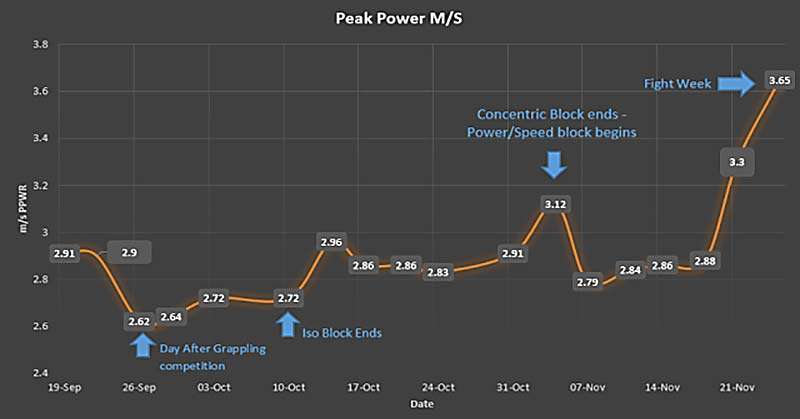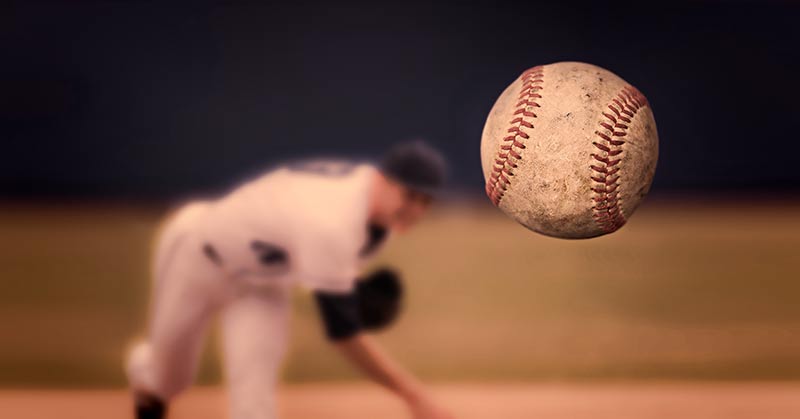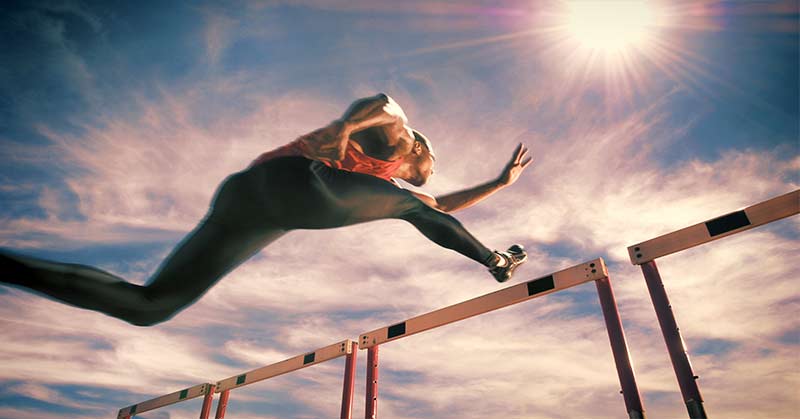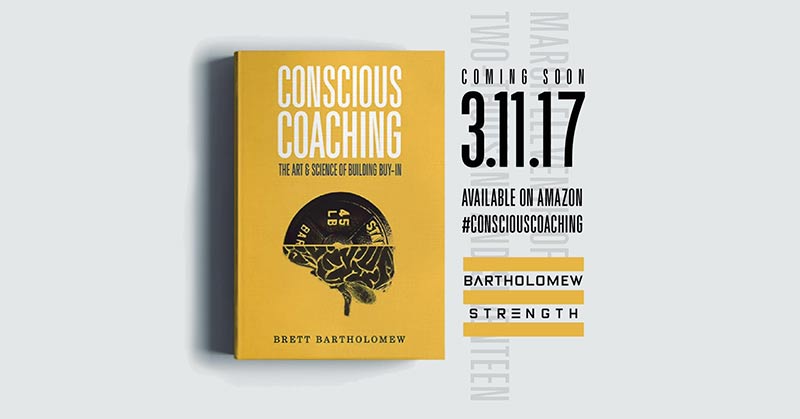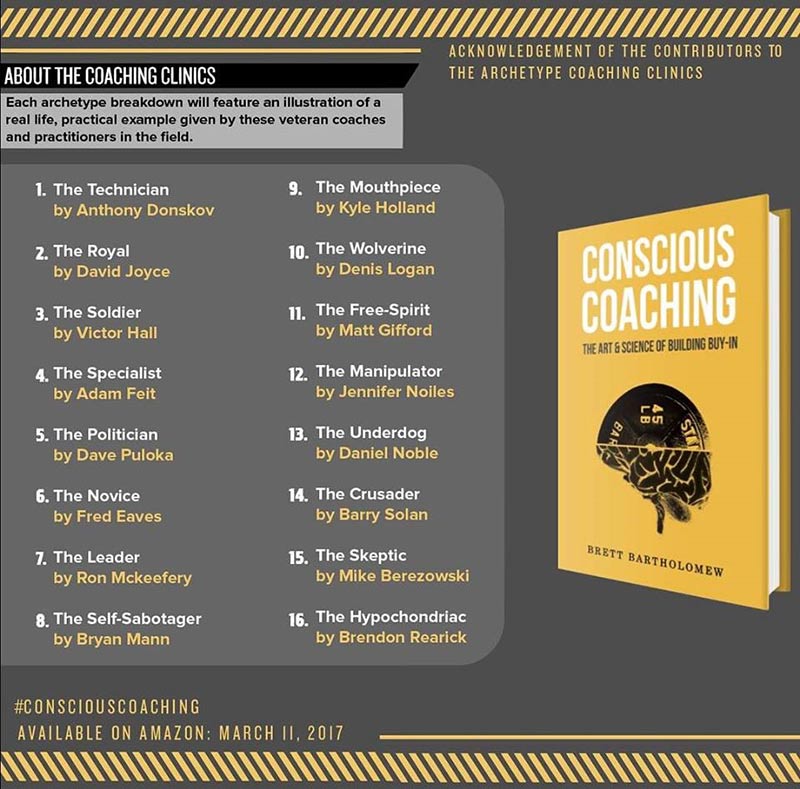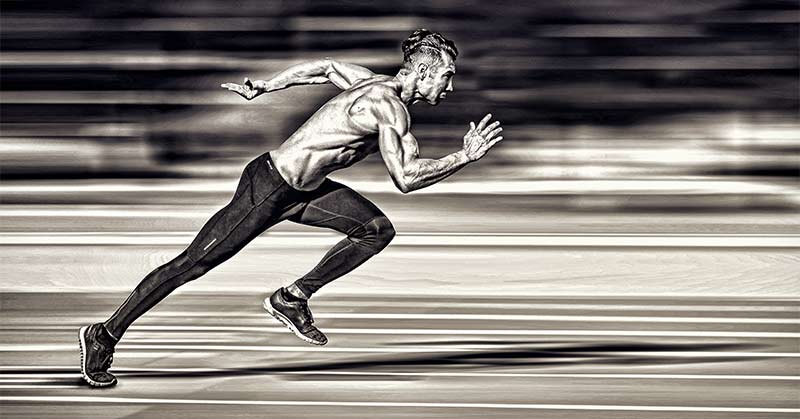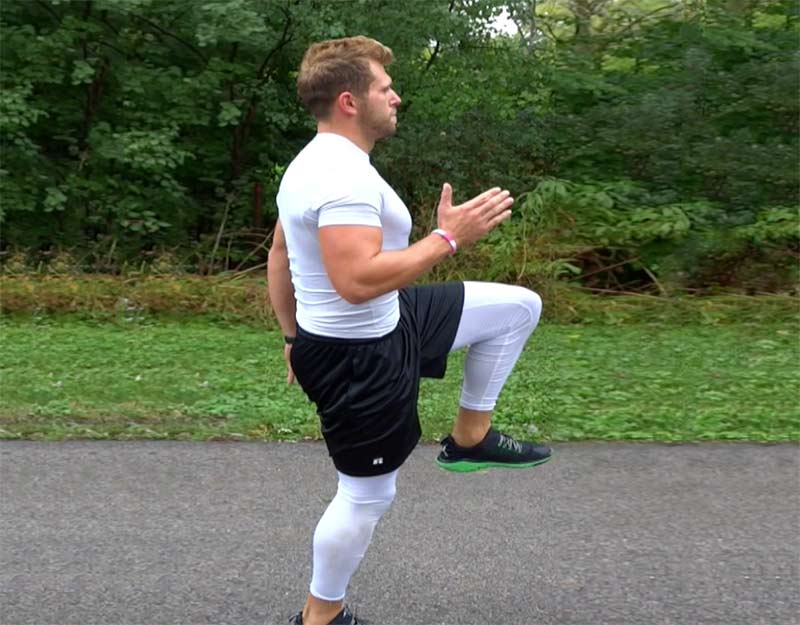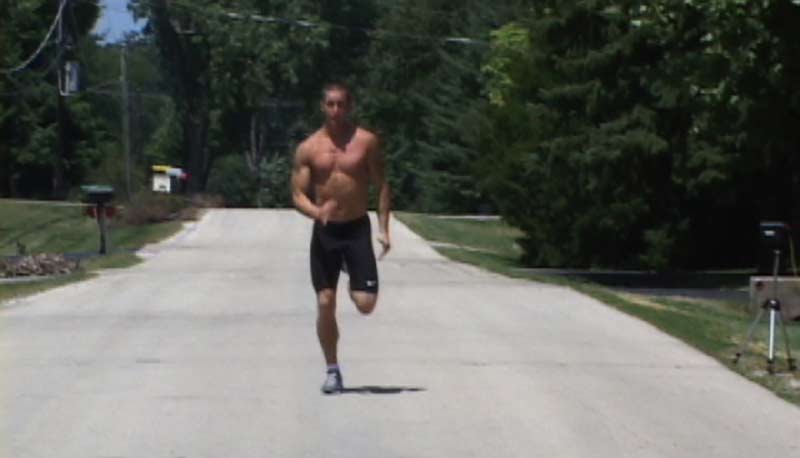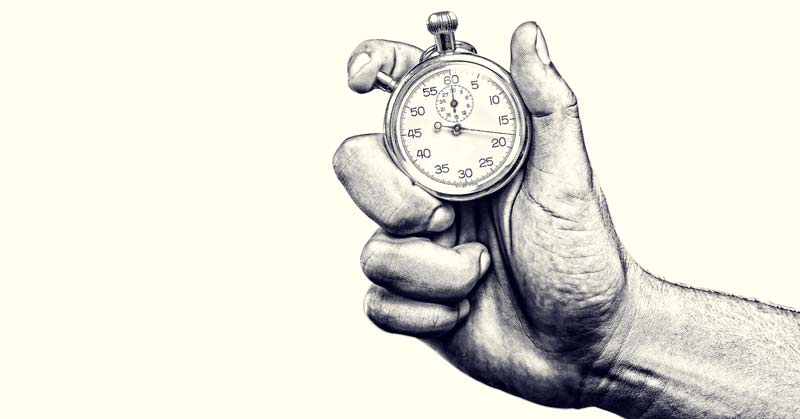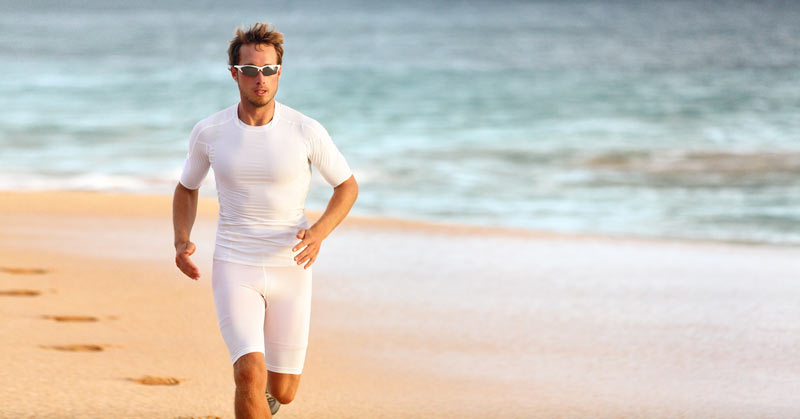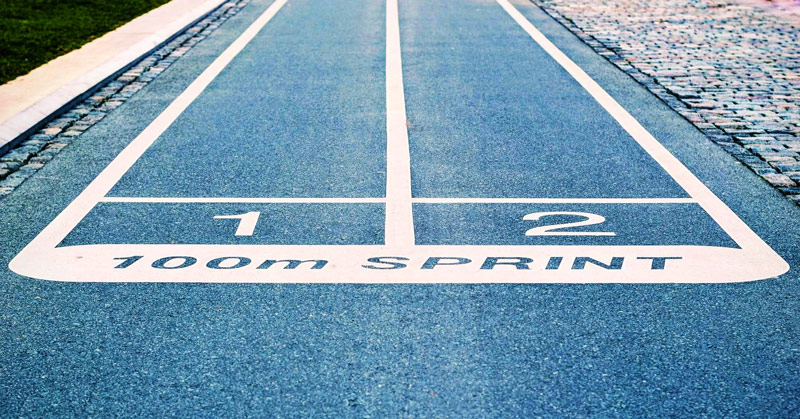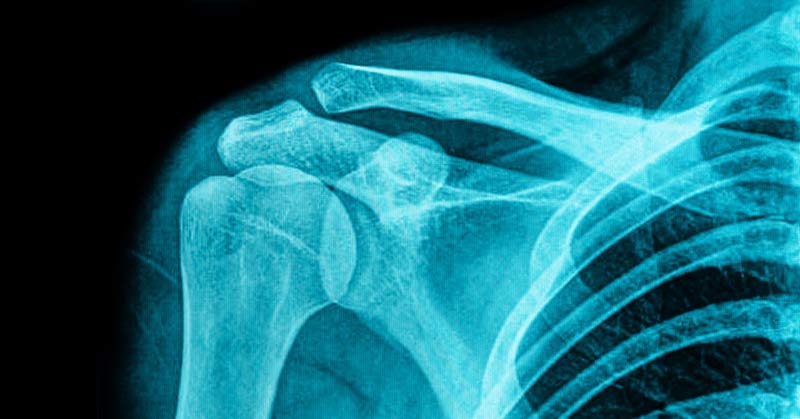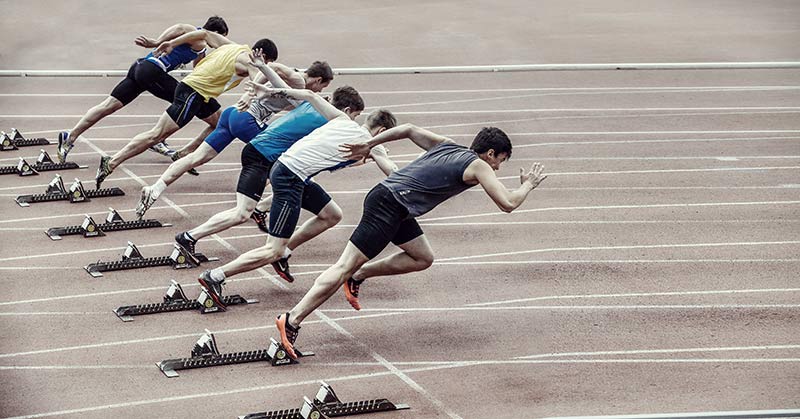

Disclaimer: I am not a writer—I am a coach. I have undergraduate degrees in finance and marketing, and a master’s degree in political science. Yet, here I sit at my computer, writing a blog post as a coach of track and field athletes. My initial passion was to be a lawyer. I took the LSAT, applied to schools, and was accepted, but backed out because I was intrigued and excited about a life of coaching. I can tell you it was not the most financially rewarding decision I have ever made, but perhaps the best decision I have ever made.
I worked my way up the coaching rungs one step at a time. I started off as a graduate assistant, then a junior college assistant, and then I took a pay cut to go to a Division I school as an assistant. Now, by God’s grace, I work at the amazing professional training center in Phoenix, Arizona, known simply as ALTIS. Each of those unique environments prepared me for where I am now.
I have been fortunate to have several wonderful mentors, many of whom I spoke to at length prior to writing this article. If you look closely, you will be able to identify their presence in the following lines. These thoughts come from me, but are absolutely influenced by my environment, my history, my peers, my beliefs, my failures, my successes, and, last of all, my hopes. Take them for what they are and, of course, with a grain of salt.
Background: Does ‘Any Publicity Is Good Publicity’ Still Hold True?
It’s March 24, 2017. President Donald Trump has been in office now for just over two months. Regardless of whether you voted for Mrs. Clinton or Mr. Trump, it is obvious that the nation is split decisively (and divisively) between the two political parties. Not only is it split, but the gap between the two parties is so wide that it seems the only voices heard are those from the extreme wings of each—mainly because they scream the loudest, create the most controversy, etc. While these two extreme ends continue to fervently push their respective agendas, a void has formed in what used to be the middle. I’m speaking of a middle ground of thought.
At one time the middle was a place of common sense, and rational, civil communication. It’s where ideas were heard and exchanged, and information was sifted for its value and merit. If it passed the logic test it could be assimilated into a system and used for the common good. Now the middle is quiet. In fact, those few people still in the middle are timid to speak because doing so puts them at great risk of being labeled as some extreme guru, of being typecast, of being drawn into some long argument about why what they are doing is too “old-school” or against the latest research. They’re tired of being lumped into a group that they don’t identify with because they could only explain so much in 140 characters. You get the idea, right? The current culture is polarizing, it’s trending, and it’s leaving a void where there once was a middle ground.
The middle is a place of common sense and logic; where information is sorted and used based on its value and merit.
Polarization is happening in politics, but the same goes for the argument about truth. In Party 1, everything is an absolute (my way of doing it is the only way to do it), and in Party 2, put simply, there is no truth. What about the Science vs Faith argument? Party 1 says that science is the only way to all the answers, while Party 2 says that faith should give us all the answers we need.
Do you see the pattern? One extreme to the next. Extremes are sexy. They sell. They start arguments. They garner attention. Will there ever be an end to “any publicity is good publicity?”
What in the world does this have to do with coaching? Well, to me it has everything to do with coaching. It seems like more and more these days, we coaches are falling into the same traps—myself included! Not everyone that is a member of a political party falls in line with every item on the party’s agenda, nor do they share every belief of the party leader. And they certainly don’t necessarily share the ideals of the extremists.
It’s just like how Absolutists are in a clear and present danger of an all-or-nothing attitude, and the “there is no truth” advocates must answer the question: “Is that the truth?”. Similarly, science must take steps of faith to conduct experiments (gravity will act the same way today as it did yesterday, even though we have no proof that it will), and faith must not reject the reasonable findings of science as an attack on its existence. Coaches must not lump themselves into camps that argue from extreme, polarizing positions.
Coaching: The Ever-Shrinking Middle Ground of Thought and Practice
Where does this happen in coaching? I give you the following examples:
- Eccentric vs. concentric vs. isometric training
- General prep vs. special prep
- Short to long vs. long to short
- Speed reserve vs. volume of work
- Max strength vs. power
- Monitor everything vs. monitor nothing
- Force absorption vs. force production
- Pro Bosch vs. anti Bosch
- Personal coaches vs. national federations
- All hurdlers should use a short, fast, lead arm vs. all hurdlers should use a long, slow, swimming lead arm
- Manual therapy is the only way vs. manual therapy is for wimps
- Fascia vs. everything else
Get the idea? I’m sure you can think of many more examples in your own unique environment, regardless of the industry. These are the conversations that the Twitter warriors live for. As soon as they see a post from a member of the opposite camp, it’s on. Total Twitter warfare has begun.
So far, I’ve taken a current cultural trend as I see it and given multiple examples of the trend in various realms of politics and philosophy. Then I gave multiple examples of topics where I see the same pattern mirrored in the coaching realm. What does that mean though? There is an ever-shrinking middle ground of thought and practice, or, as my friend Brett Bartholomew calls it, “conscious coaching.” (More from Brett later.)
Polarization: Be Wary of Extremes
Back when I was in my twenties, I used to fish a lot. A lot. Like almost every day all summer. I invested in every edge possible to try and catch more fish and bigger fish. I felt that a solid pair of polarized fishing glasses was one of my greatest assets. They took the glare off the water, and allowed me to see more clearly.
Those advocating for extremes may believe that they are seeing more clearly, but in reality, they are missing the forest because of the trees. Let’s take the idea of “minimum effective dose.” It’s a great idea, and certainly one that makes a lot of sense. It’s the complete opposite of the “more is better, volume is the only way, work until you vomit” philosophy, which we saw highlighted recently in Oregon. However, if you focus only on the “minimum” part and forget about the “effective” part, then you are missing the boat.
The idea of “less is more,” when taken to the extreme, can be equally disastrous as “more is better.” Common sense can’t leave the equation. Athletes do have to do some “work” to get better, and what is effective for one athlete may not be effective for another athlete.
A Breed Apart
So, in a world growing ever more polarized…does a middle realm still exist? I happen to think it does. The definition of middle is: “at an equal distance from the extremities of something; central.” I do think the middle is shrinking, and I think by nature people in the middle are quiet, reserved, and perfectly happy to go about their business as usual, regardless of whether the pundits think its archaic or not. I think they respect knowledge, but they respect common sense just as much.
I think, in the middle ground of coaching, there lives a breed of coaches who understand how to identify their environment and employ the appropriate methodology. Sometimes they may choose different strategies for different athletes as they fit best. One hurdler may have a long lead arm, one may have a short. One coach may train one middle distance runner long to short, and another short to long. If they both run fast…who cares?
The Middle Ground
I lived and worked in the Midwest (the middle ground of America) for nearly a decade.
I see strong similarities between Midwestern people (farmers, ranchers, builders, laborers) and the middle ground of coaching. In general, they keep things simple. They stick to the basics, which are the fundamental principles that have worked for decades. They generally take their time introducing anything new. They only integrate it after they have figured out whether it will add value, and have determined how to best use it in their unique environment. They work hard. Yes, that’s right. Hard work is OK.
The Midwesterners I know believe in what they are doing. They know there are things they have to do and things they would like to do, and they know the difference between the two. They know that diversity (especially diversity of income) is valuable. They place a premium on gratitude and helping others.
What I think the Midwestern people (and the coaches in the middle) have figured out is that, at the end of the day, it’s all about production. If you don’t produce, the bank still asks for the loan back. If you don’t produce, you get fired. If you don’t produce, people starve. If you don’t produce, athletes don’t get better. But, not only is it all about production, it’s about consistent production over a long, long period of time. In my experience, coaches who operate in the middle tend to produce at a very high level over a very long period of time.
Coaches who operate in the middle tend to produce at a very high level over a very long time. Share on XPrinciples for Staying in the Middle
How can you stay in the coaching middle during this time of polarization and extremes? Here are some guiding principles.

Simple Is Complex Enough
It’s not that complicated. Do the simple, basic, fundamental things well. When you can do them well, do them better. It’s cliché, but it’s accurate.
At a recent ALTIS Apprentice Coach Program, Coach Dan Pfaff gave a presentation on KPIs. The lecture wasn’t filled with secret strategies, state-of-the-art technology, or intricate set-and-rep schemes. On the contrary, it was a simple, almost boring, discussion of how he determined what the key performance indicators would be for an athlete. If anyone else in the world gave that lecture, it would be a cure for insomnia. However, when someone with 45 years of coaching experience, across almost every sport, at all levels, says something is important…you listen. You listen attentively. You discover that what you might on the surface dismiss as simple or old-fashioned, is really layered and filtered through various grids in a multi-faceted matrix of decision-making.
Coach Pfaff didn’t brag about using some ultra-complex system or methodology, or that someone of his intellect is the only one who can do that. What he said was that the simple pieces of programming and coaching are so complex that even he still doesn’t have them figured out. He had to develop a system for properly incorporating basic principles, and that system is still being fine-tuned after 45 years. So how in the world would he feel comfortable adding in a bunch of new stuff that would require even more systems to understand?

‘Buy-In’ Is Crucial
Let’s be honest. There is no such thing as a perfect program or training system. If you are chasing that, you are taking yourself way too seriously. We are human beings trying to predict what other human beings are going to feel like sometime in the future. We can’t predict that accurately for one minute from now, and we sure can’t for four weeks from now. My point is that all training plans have flaws. The successful athletes we coach overcome those flaws because they believe in what we, and they, are doing. The more they believe, the better they will be. Throughout history the most successful coaches have no doubt created the most “buy-in” from their athletes. How do we do that?
I asked this question of my friend and peer, Brett Bartholomew. Brett is absolutely one of the best strength coaches in the business. He is an engaging and entertaining speaker, and he is a genius at building relationships with his athletes and fostering belief in the plan.
Brett is passionate about helping other coaches and has a book just was just published, titled Conscious Coaching: The Art & Science of Building Buy-In. It’s a must-read for all coaches. In one of my favorite chapters of the book, Brett discusses seven key tenets for building trust. One of these is empathy, and I’ve included an excerpt below that I believe should hit home with a lot of coaches:
-
Trust Tenet #5: Empathy, Implementation
- Give Ground to Gain Ground: As coaches, we want to compose rather than control. Don’t forget that humility is the essence of connectedness and if we want to build trust we need to make sure that we aren’t afraid to humanize our interactions with our athletes. Don’t be afraid to show all sides of yourself to your athletes. Being “real” will gain you much more respect than trying to put on a show and constantly psyching yourself up to get into “coach mode” prior to a session. Invoke the spirit of reciprocity by volunteering appropriate personal information about yourself when asked, after all can you really expect them to do so on their behalf if they don’t know anything about you?
- Don’t Be Afraid of Criticism or Bite-Back. Just because someone doesn’t appear to be on-board with your message doesn’t make them a detractor. Take a moment and ask them what in particular they have an issue with and get busy finding a middle ground.
- Emotional Payments Accepted: Our emotions, feelings and concerns need to be validated. Letting your athletes know that you understand what their hesitations or fears may be ahead of time lets them know that you have taken their viewpoint under consideration and at the very least have done your homework in regards to trying to see their point of view.

Freedom From Rigidity
Give yourself freedom from rigidity. It’s amazing how many times I have caught myself writing a plan a certain way simply because, if I wrote it another way, it would go against some principle that I hold near and dear to my heart. The problem is that what I hold near and dear may not be the best thing for the athlete. If you are a “speed reserve” guy, what will you do with the athlete who needs volume? Will you compromise, or will you shove a square peg into a round hole?
Find the system that works best for your athletes at that stage of your career. Share on XThe problem with being a specialist or only following one line of thought is that you can paint yourself into a philosophical corner and, if you are close to the end of the spectrum, that corner can get pretty small. In the coaching world, find the system that works best for your athletes, in your environment, at that stage of your career. Work at it. Believe in it. Learn from your mistakes, but also learn from what other people who are in different circumstances are doing. File it away for another stage in your career or for that athlete who comes along that doesn’t fit “your” system.

Seek and Give Support
Seek mentors, contribute, give back. Realize that we, as a coaching community, are much better off when we avoid camps, labels, and assumptions. When you see a successful, long-producing coach doing something that confuses you or you don’t agree with philosophically, ask them why they do it. I bet they aren’t as intimidating as they seem. I guarantee you they have a reason for what they are doing, and they would be happy to explain to you the ins and outs of their methodology.
Legendary strength coach, Buddy Morris, gave a presentation at the ALTIS ACP in November 2016, and on one of his first slides he had a list of names of the people who influenced him. The font was tiny, the list was in paragraph form, and there was no space remaining. All the “master” coaches I’ve ever been around speak so passionately about their mentors, their experiences with them, and their relationship with them. They have so much gratitude that you can hear it in their voice when they speak about them. It’s that gratitude and emotion that drives them to take the phone calls, respond to the emails, speak at clinics on topics they’ve discussed hundreds of times, and give back to the sport. I know that I will forever be grateful for the coaches who have given, and continue to give, their time to me.
I would encourage each and every person reading this article to reflect on where you are in relation to the middle. How is that working for you? Where are we going as a community? What can you do to give back? Can we find the middle ground again? Do we need to? Or do we just need to be reminded that it exists? It will always be there waiting for us to return, to refocus, to truly be—as Brett calls it—a conscious coach.
For more coach and athlete resources from ALTIS, see ALTIS 360.Since you’re here…
…we have a small favor to ask. More people are reading SimpliFaster than ever, and each week we bring you compelling content from coaches, sport scientists, and physiotherapists who are devoted to building better athletes. Please take a moment to share the articles on social media, engage the authors with questions and comments below, and link to articles when appropriate if you have a blog or participate on forums of related topics. — SF

